The following section highlights the problems caused by common species of wildlife and the management methods used to address the damage they inflict. These pages are meant to serve as a guide for you while in the field. These research‐based profiles will help you resolve human‐wildlife conflicts.
Situations Involving Protected Wildlife May Require Additional Permits
Whether the conflict with wildlife is complex or straightforward, your response should follow the highest ethical standards. Federal, state, and local laws and regulations must be strictly adhered to. Some species are protected by federal law, such as Canada geese, gulls, hawks, robins, and woodpeckers.
States protect game and fur-bearing species, such as white‐tailed deer, cottontail rabbits, wild turkeys, raccoons, and foxes. Additionally, species that are endangered or threatened are protected by both federal and state laws. Many states require professional certification for animal removal and transport, and the use of regulated toxicants. Some require a permit for trapping and removal of particular wildlife species, especially game animals and protected species.
Unprotected Birds
Protected Birds
 |
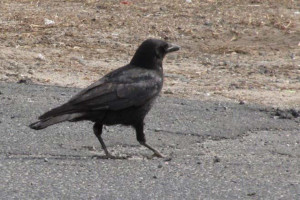 |
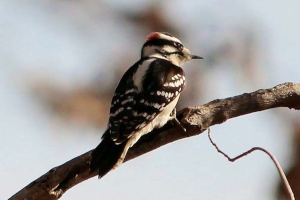 |
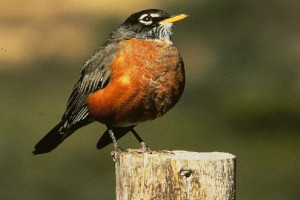 |
| Canada Geese. | Crows. | Woodpecker | Fruit-Eating Birds |
Unprotected Mammals
 |
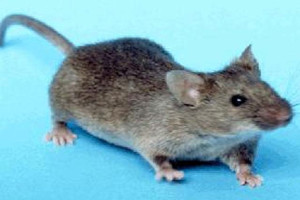 |
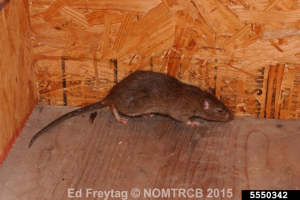 |
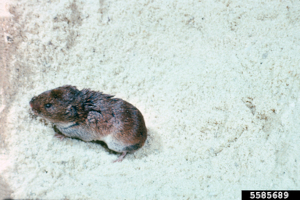 |
|||
| Chipmunk. | House mouse | Norway Rat | Voles | |||
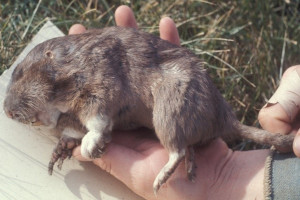 |
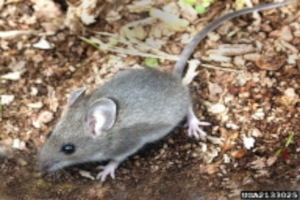 |
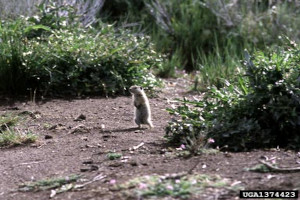 |
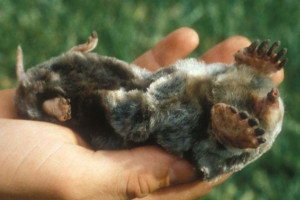 |
|||
| Pocket gopher. | Deer Mouse | Ground Squirrel | Mole. |
Regulated Mammals
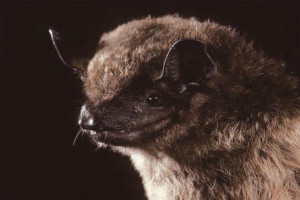 |
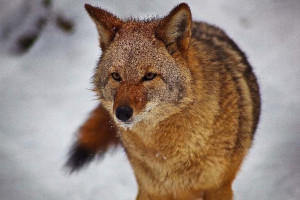 |
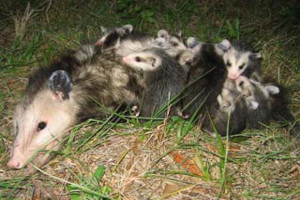 |
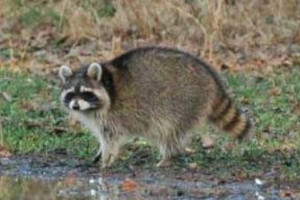 |
| Bats | Coyotes | Opossums | Raccoons |
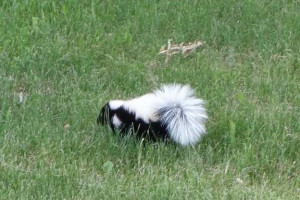 |
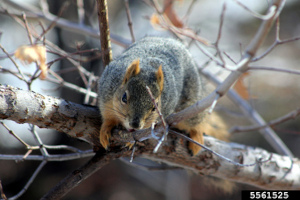 |
 |
|
| Skunks | Tree Squirrels | Woodchucks/ Marmots |
Species requiring additional state permits
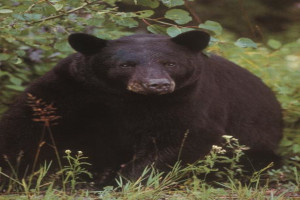 |
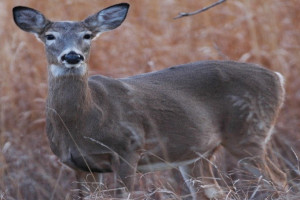 |
 |
| Black Bear | White-tailed Deer | Beaver |
The information on this webpage is based on the contents of the Wildlife Control Operator Core Training Manual published by the National Wildlife Control Training Program.